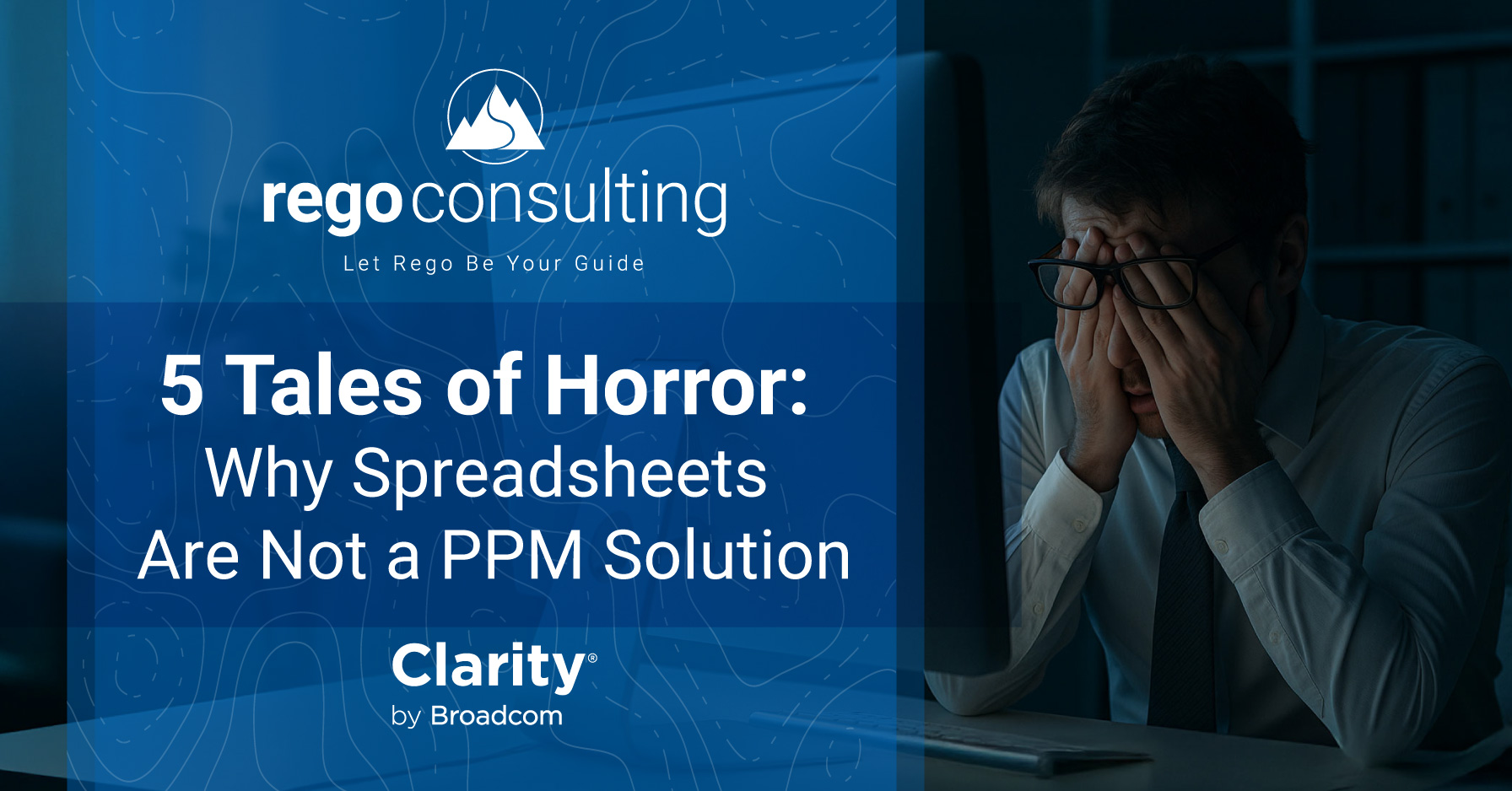Good metrics are SMART, but more than that, good metrics compete against and balance each other. In our last post, “CA PPM: Monitoring Performance with Metrics, Part 3/4,” we talked about how a good metric is specific, goal-based, and measurable.
In this post, we’ll dive into the most common metric mistakes we see well-intentioned companies making.
CA PPM: 4 Common Metric Mistakes
Metric Mistake #1: Pre-determined Issues
One of the most common mistakes companies make is pre-determining their issues before the data comes back. It’s easy to convince yourself to only monitor what you assume is your problem and nothing else. But take it from us, this is a mistake.
We tend to be blind to hidden factors until we drill into data. You will definitely want to analyze more than one thing over time, and as your data returns, identify other areas to evolve into.
Metric Mistake #2: Address Symptoms
Another incredibly common mistake we see is trying to solve the symptoms of a problem instead of digging into the roots.
Problem: “I’m late on my projects.”
Assumed Cause: “I don’t have enough resources.”
Actual Cause: “The upcoming demand isn’t visible to my resources.”
You might think your Database Administration (DBA) Team is too small. But if you keep an open mind while you look at the data, you might discover the majority of delays are due to unanticipated requests that take time to assign.
If your DBA Team could see pending work over the next few months, the team could be managed appropriately. And you could solve the problem by making sure the DBA Team knows their assigned work for the week when Monday hits.
Metric Mistake #3: Belief in Flawless Metrics
It’s human nature to try and make ourselves look as good as possible, to make metrics come out positive. Recognize that when you look into the data. Metrics are not flawless.
Metric Mistake #4: Users Can’t Affect the Metric
The other most common metric mistake we see is ‘users don’t know how to affect metrics.’ This happens when a company fails to communicate two primary things about every metric.
- What the metric is—in simple terms.
- How the metric is calculated—so it can drive behavior.
You want a metric that’s simple enough that Project and Resource Managers know how to change metric results by changing behavior. Naturally, this means your metric should be easy to use and calculate. You have our permission to throw out those over-complicated, ineffective metrics.
———-
Have you made one of these metric mistakes? How did you fix it? We’d love to hear your experience in the comments below.
If you liked this post, check out this BrightTALK from Daniel Greer, President of Rego Consulting and stay tuned for our next, “42 Metrics To Increase ROI on your PPM Software.”
Join our mailing list below.












